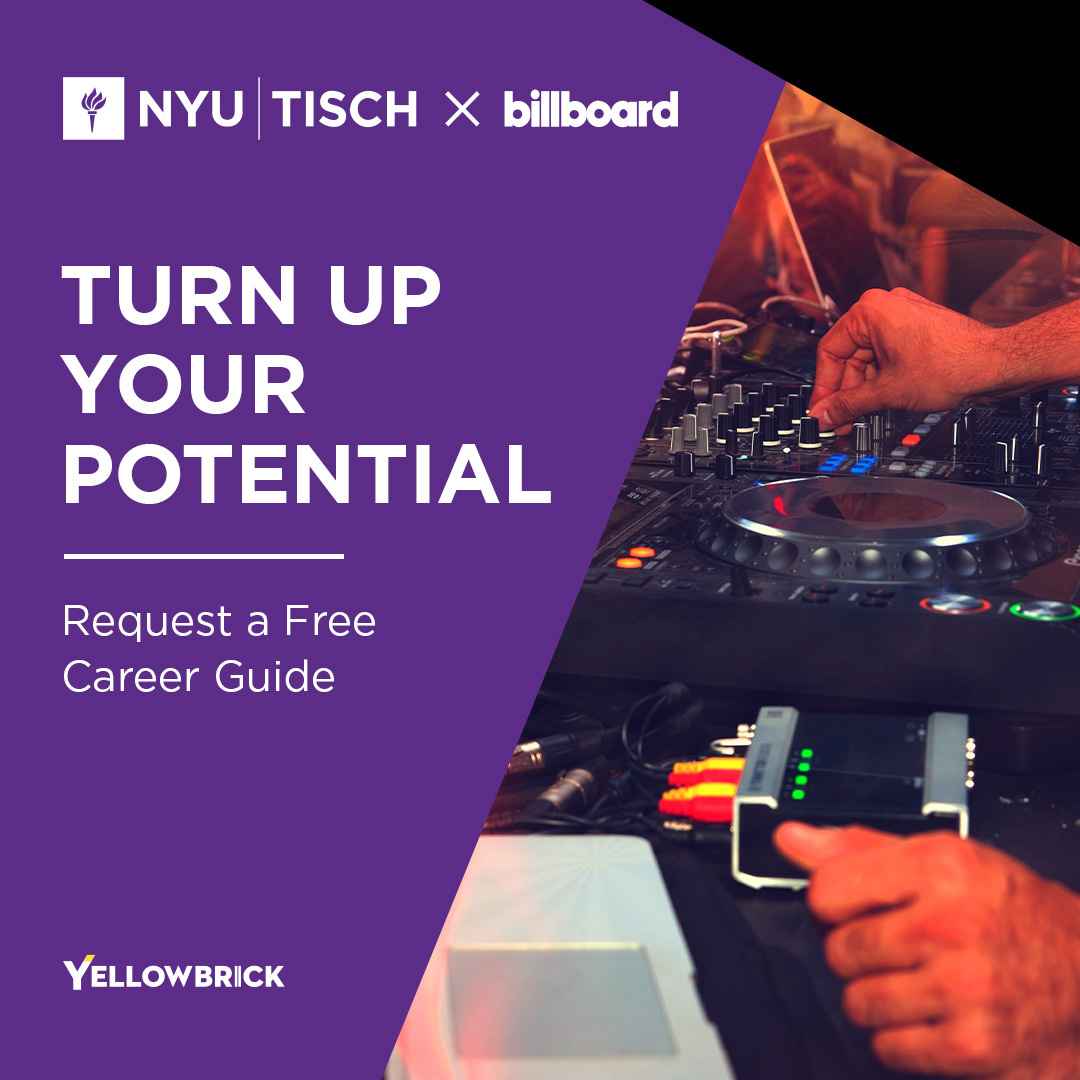In the music industry, when it comes to trying to get traditional press for what you’re working on, a lot of artists make one of two common mistakes. The first is to get an email list of all these music journalists, essentially spam them, and just hope that one of those emails gets their attention. Doing so isn’t a very good idea because it can give you a bad reputation. But more importantly, if you took the time to actually just learn a lot about a few specific journalists, you could be a lot more detailed. That’s a much smarter personal strategy.
The other mistake that a lot of us make is that we start out shooting a little bit too high. For example, if I’m a brand-new act, I don’t have a lot of fans yet, but I would love to be on Pitchfork or in The New York Times. That’s shooting really high, and it might not happen.
What you can do, though, before you start choosing who you want to reach out to, is to create a map of what you want to achieve and where you want to be at a certain point in time. For example, you might say to yourself, “In the next year, I’d like to be on Pitchfork.” Then, you can think about what sources are smaller and accessible to you, sources that Pitchfork is maybe getting story ideas from, and map your path to them. That could be a shortcut to getting to that top source, rather than trying to start there.
One way to do this is by looking at the digital breadcrumbs left on the internet. A really amazing tool is Google’s Timeline. Something I always recommend is that if you find an article in a big outlet like The New York Times or Pitchfork, that’s breaking an artist, you can look at the date when it came out, put that into your Google Timeline search, and search for that artist to see who was talking about them before the article came out. Nine times out of 10 you’ll find that there were other blogs, people on Twitter, people who were talking about them before the story went to that big outlet, even when the big outlet takes credit for discovering them.
So, I recommend that you take note of the smaller outlets that don’t have millions of readers but are showing up in those search results. Then, do it again with another article by the same writer. What you’ll start to see is that every time they’re breaking a new artist, there are these smaller sources that keep coming up shortly beforehand on the timeline search.
What this shows you is that these are probably places where those big outlets are getting story ideas. I recommend that you start your press path on a map where you’re only taking the time to reach out and connect with the outlets and journalists that could get you to those bigger ones.
By exploring the world of online music education, you can learn much more about getting recognized by outlets and journalists and building your career in the music industry. Don’t wait any longer to start getting the music education that you want and need.



